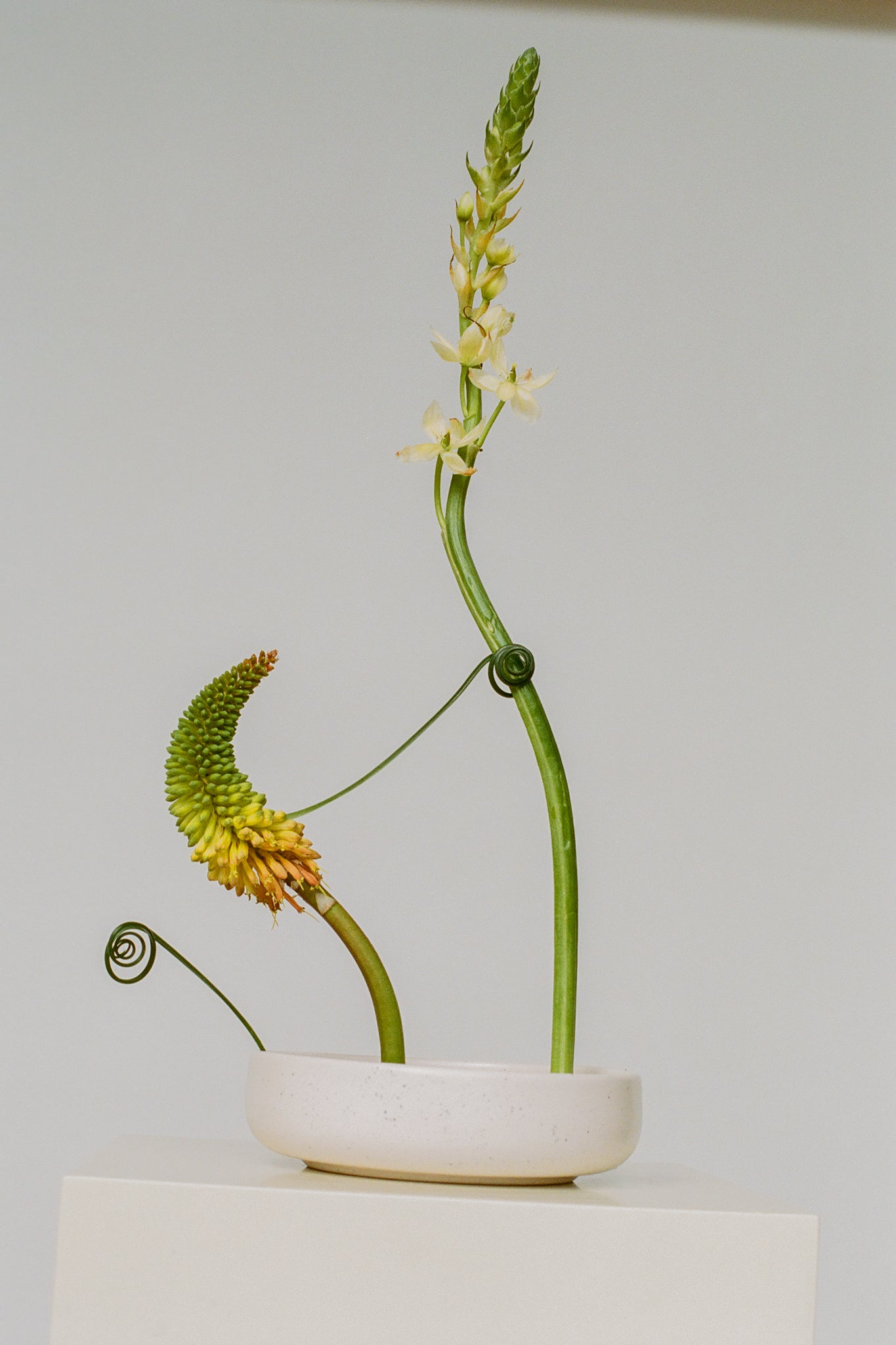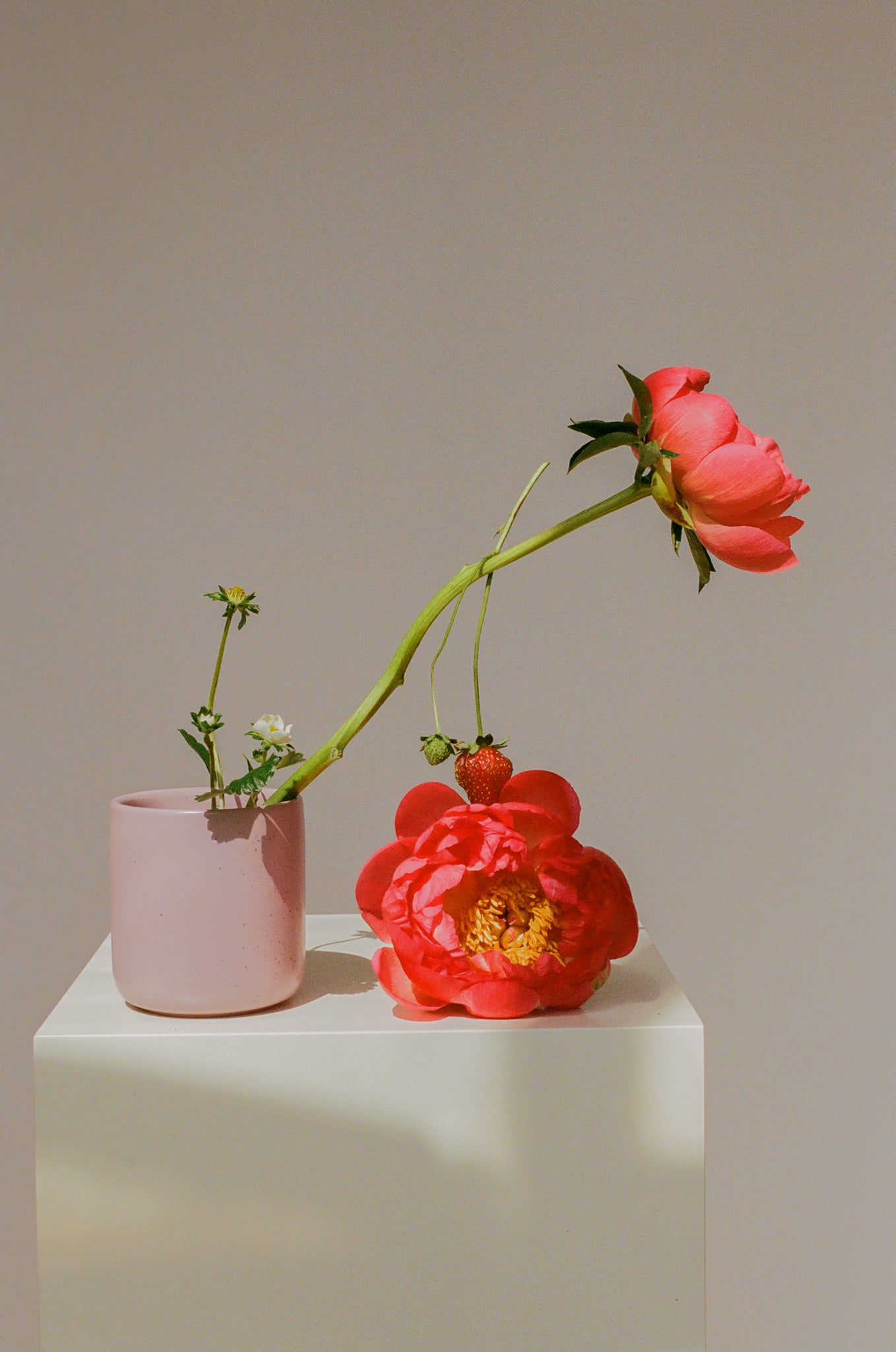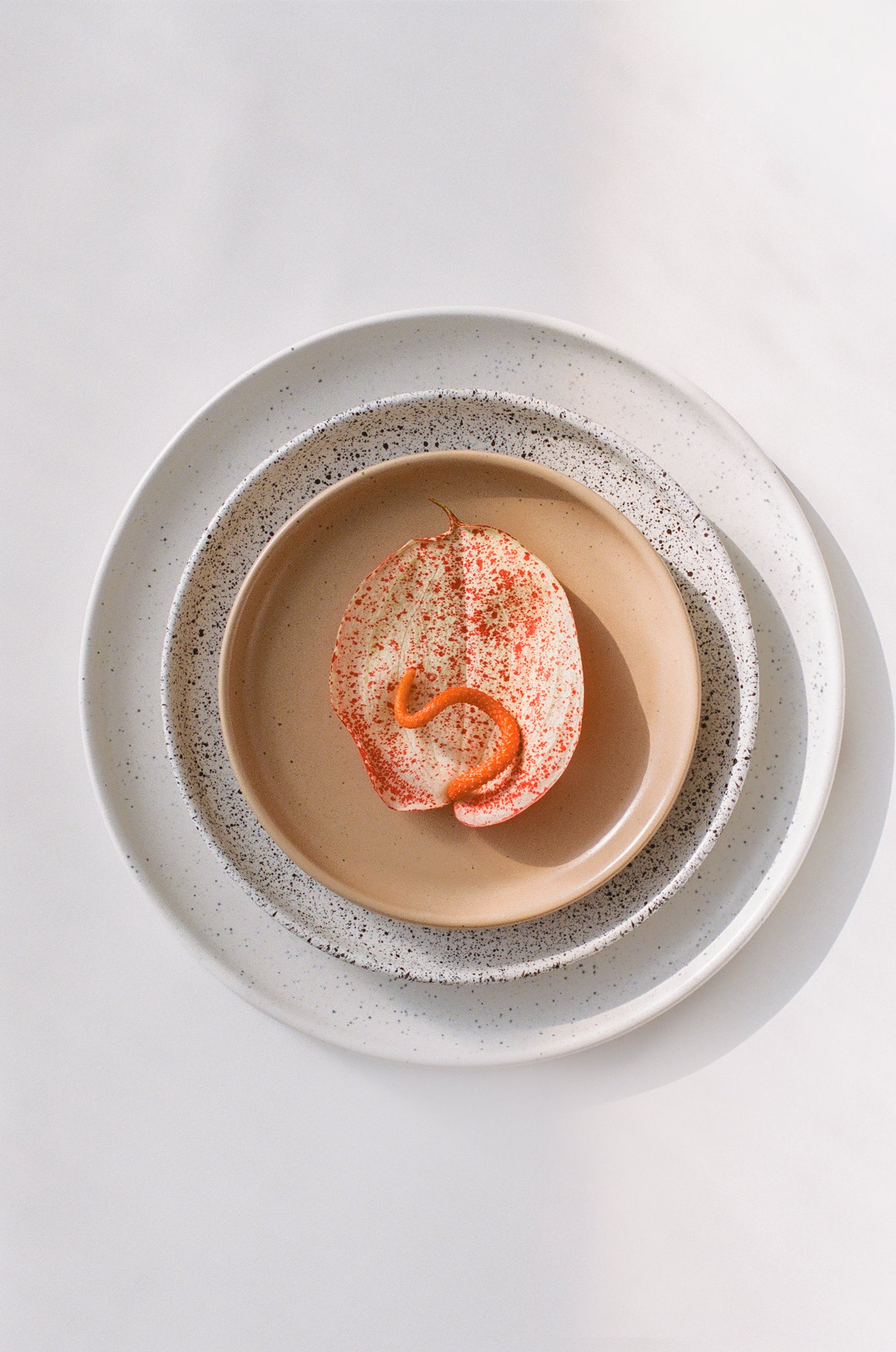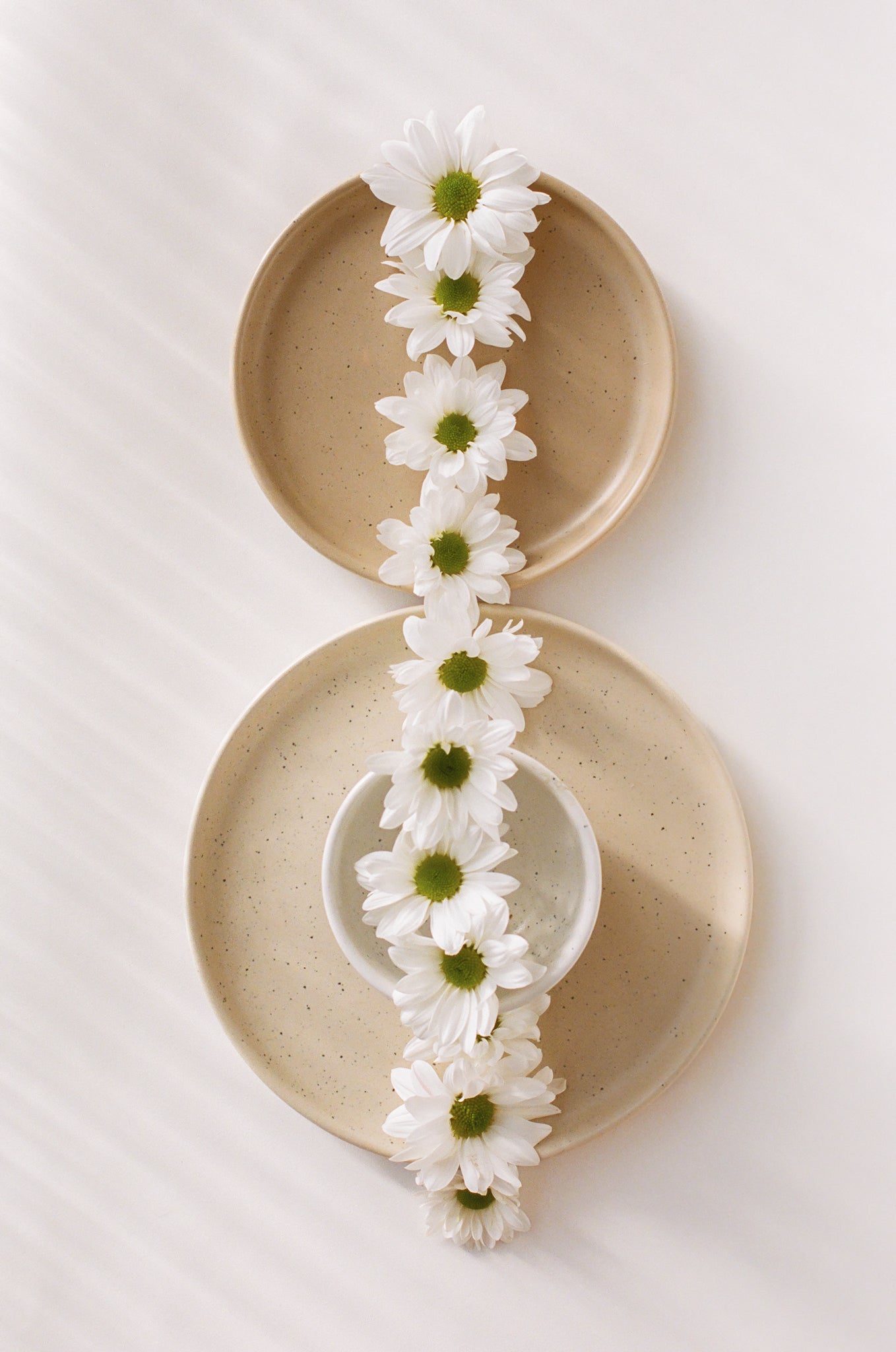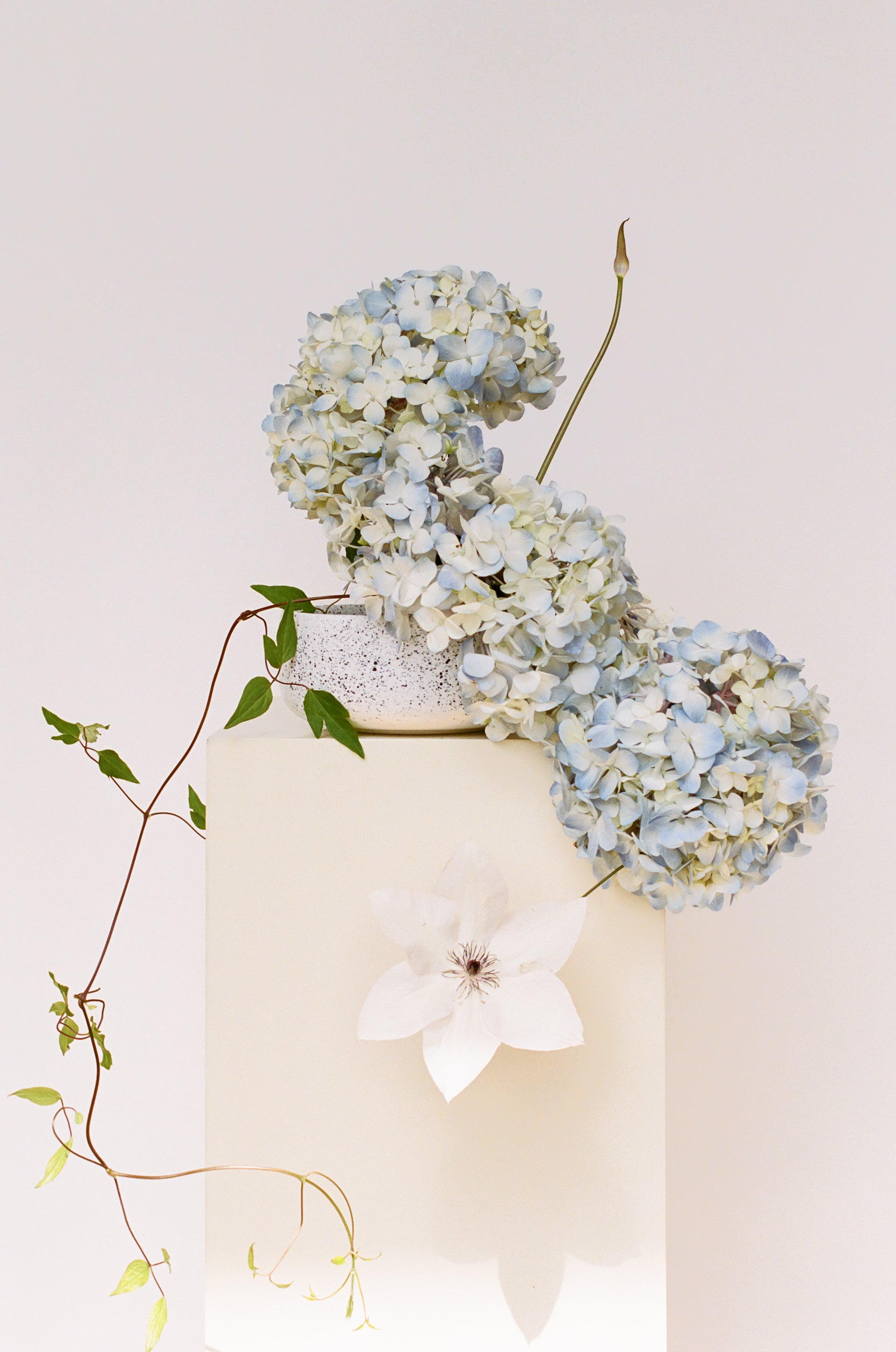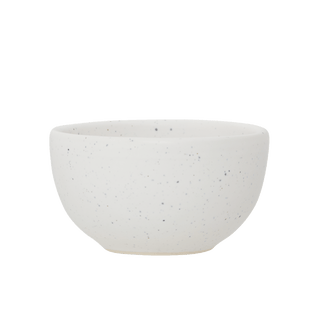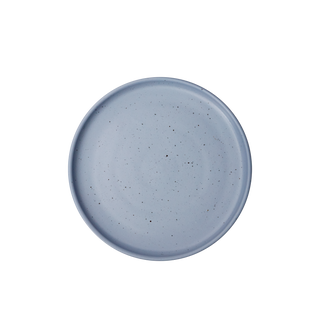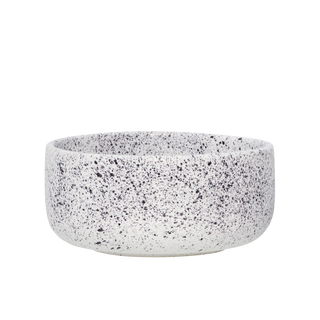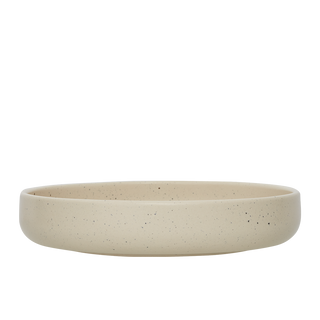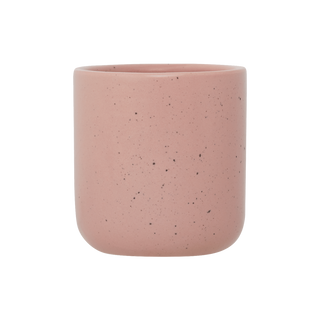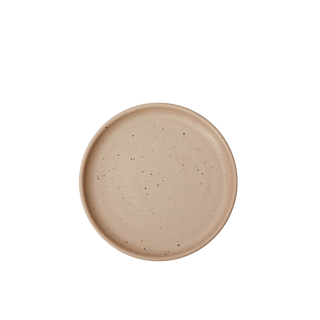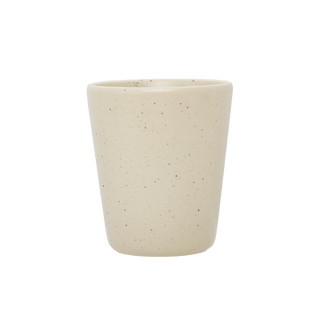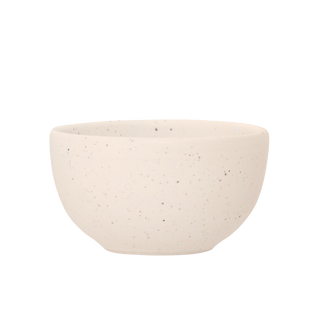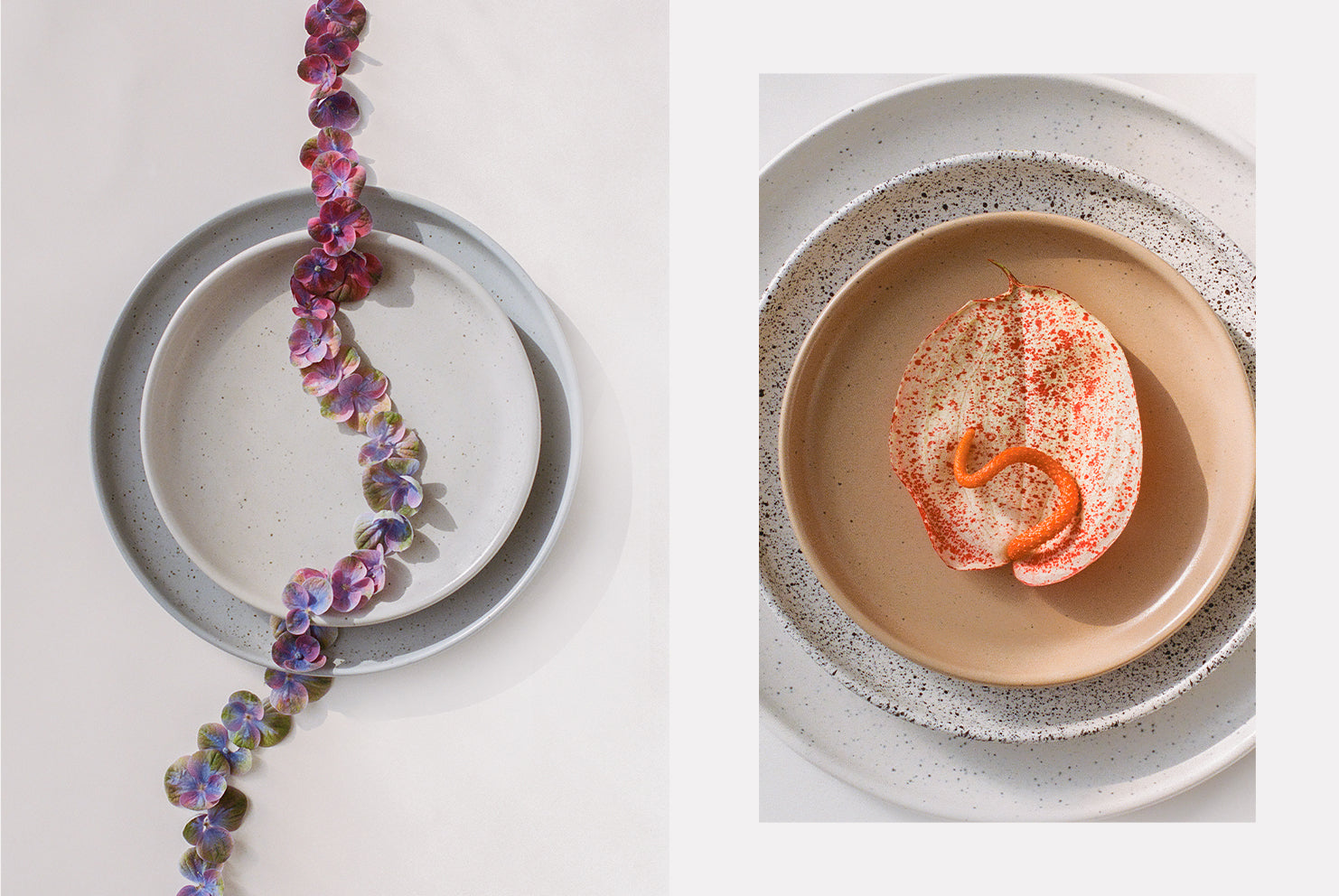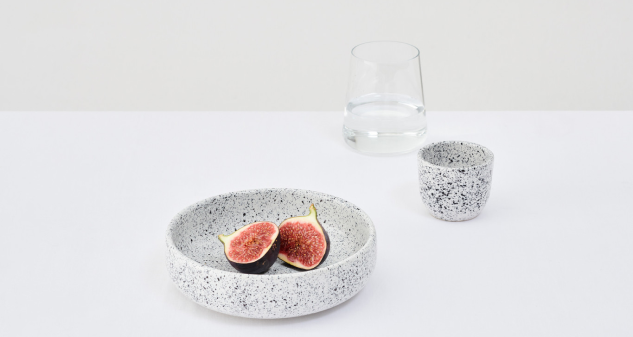Blooming Creativity: Carolina Spencer
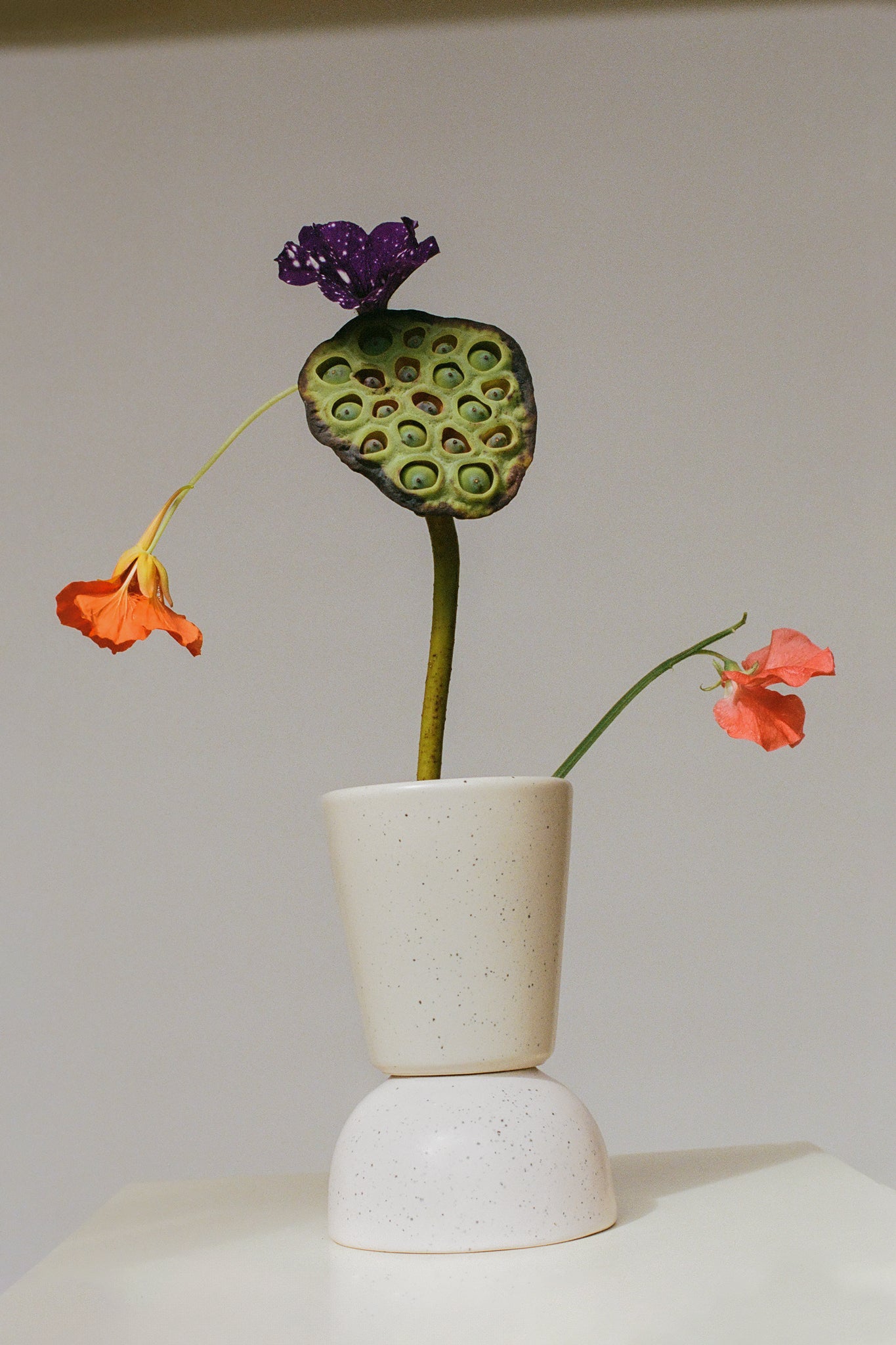
Can you tell us about your journey into floristry? What inspired you to become a florist?
It was Donna Stain's work back in 2008 that inspired me to explore the world of floral design. I was absolutely amazed when I saw her creations. Her creativity, the way she worked with textures, her way of mixing colors, and the fact that she was working with natural elements really left an impression on me. I felt that I was witnessing something truly new and special and I felt a strong desire to learn everything about it.
Paying attention to details. Learning the names of different plants and understanding the physical characteristics that determine their classification into specific families requires careful observation and study. Then, developing the ability to identify them in nature, or even better, to recognize the name or family of a new one you've never seen before by closely observing its characteristics, is incredibly satisfying. It feels like decoding a witchy language.
Depending on the moment or need, sometimes I start with the visualization of an idea that gradually materializes. Other times, I begin with the material itself and from there, I create the base on what feels right.
In your opinion, what are the most important elements to consider when creating an abstract floral arrangement?
It’s about taking risks: in my opinion, abstraction often involves a certain level of risk, which allows your work to carry a second, deeper interpretation. This can help us move away from trendy floral aesthetics and strive to synthesise the material in our own poetic, non-literal way. It also means focusing on other details, taking time to identify new connections between materials, shapes, colors, and textures, rather than just thinking about how pretty it might look in the end.
I feel like floral design is so exploited at the moment and the less I see, the better. In the end, nature will always be my very best hero to follow!
Select for yourself:
READ MORE:
-
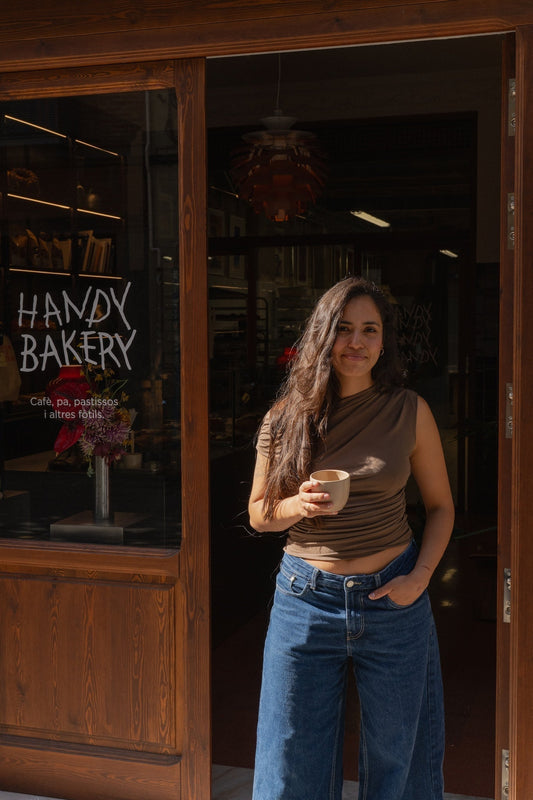
ÅOOMI In the World: Handy Bakery, Barcelona
Step inside Handy Bakery, a bakery and café in Barcelona that brings warmth and kindness into the world of pastries.
-

ÅOOMI In the World — Culture Cafe, Warsaw
As part of our ÅOOMI In the World series, we explore remarkable spaces where coffee, food, and design come together seamlessly. Our journey now takes us to Warsaw, where we sit down...
ÅOOMI In the World — Culture Cafe, Warsaw
As part of our ÅOOMI In the World series, we explore remarkable spaces where coffee, food, and design come together seamlessly. Our journey now takes us to Warsaw, where we sit down with the founder of Culture Cafe — a café that intertwines flavor and emotion, while crafting its own narrative in the very heart of the city.
-

Mother’s Day — A picnic with Tasya and Maxi
On the occasion of Mother's Day, we met Tasya Kudryk - mother, creative producer and co -owner of the Berlin bar with natural wines - to talk about how motherhood...

